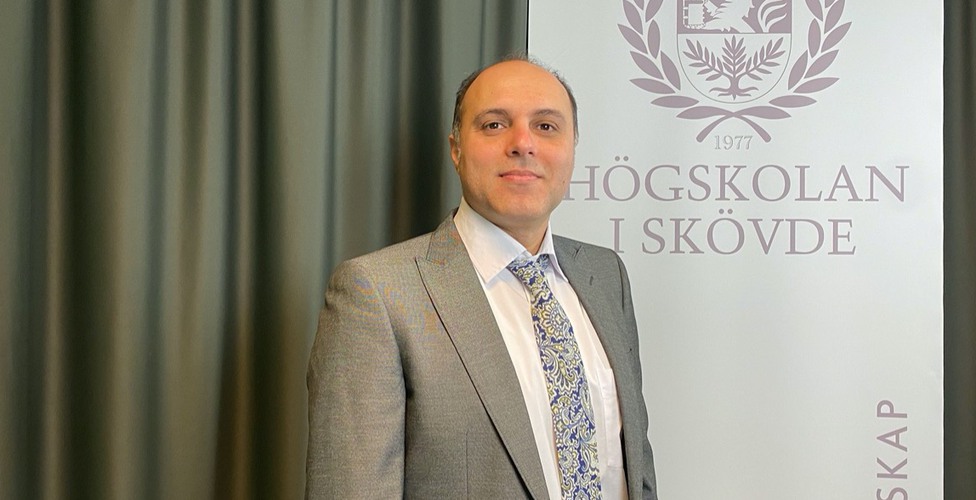In today’s manufacturing industry, there is a lot of talk about Industry 4.0, smart manufacturing and digital twins. The role of virtual models has been highlighted with the emerging of these concepts, but have actually been used for decades. Iman Morshedzadeh, PhD student at the School of Engineering at the University of Skövde, has, in his research, studied how it is possible to reuse virtual models and how the information can be provided and stored in a PLM-system.

Many of today's products are based on a virtual model - a digital version of a physical product. Virtual models help industries reduce the product’s time to market (TTM) and prevent mistakes before implementing production flows. Designers and engineers create and use virtual models on a daily basis, which takes up much of their time. Therefore, reusing previously designed virtual models can save a lot of labor and costs for manufacturers.
– But today's virtual models lack a lot of information, so just having them is not enough for reusing them. We need provenance information about criteria, assumptions and limitations, as well as information about, for example, the purpose of the virtual model, to evaluate them for reuse in another study, says Iman Morshedzadeh.
Research in collaboration with Powertrain Engineering Sweden
It all started five years ago with a request from Powertrain Engineering Sweden (formerly Volvo Cars). They needed to find a way to structure and manage data and information related to a product's life cycle, and to include virtual models in that structure. Iman Morshedzadeh immediately sought to use the PLM (Product Lifecycle Management) systems.
– PLM systems were chosen as the platform because of their capability of integrating with different computer engineering technologies. In most companies, there is already a PLM system in place, and in addition, it is the place where all important data and processes that have to do with the product is stored.
At Powertrain Engineering Sweden's factory in Skövde, Iman Morshedzadeh has done all his data collection, method development and execution of his results. He has since developed a method for managing virtual artifacts, including virtual models and their data, information and knowledge. He has also designed an information model and implemented it on a PLM system, with some additions.
– To verify my model's usability, I implemented the results of my research in several application studies from Powertrain Engineering Sweden.
Iman Morshedzadeh also developed an ontology for virtual technology artifacts. The purpose was to manage knowledge, in addition to data and information, related to virtual models.
Helps industries to digitalise faster
The extended PLM is now ready for use, not only by different manufacturers of PLM systems, but also by suppliers. Through the PLM system, designers and engineers can obtain more comprehensive information and knowledge about their virtual models and decide about reusing them in different studies and experiments. The method helps industries build their digital twin and move faster towards digitalisation and the fourth industrial revolution.
During the covid-19 pandemic, the need to use information systems such as PLM and work remotely in the virtual world has become more evident for industries and manufacturers. Iman Morshedzadeh therefore plans to use his knowledge to support factories.
– With the scientific and applicable knowledge I gained during my PhD studies, I plan to work in industry and provide consultations to factories for managing their virtual artifacts.
Iman Morshedzadeh defends his thesis "Managing virtual factory artifacts in extended product lifecycle systems" on Friday 9 April at ASSAR Industrial Innovation Arena in Skövde and also via streaming.

